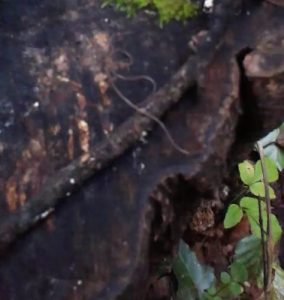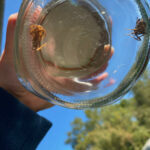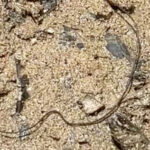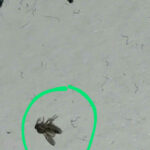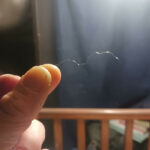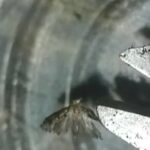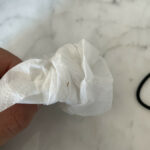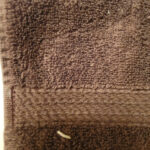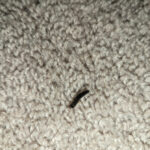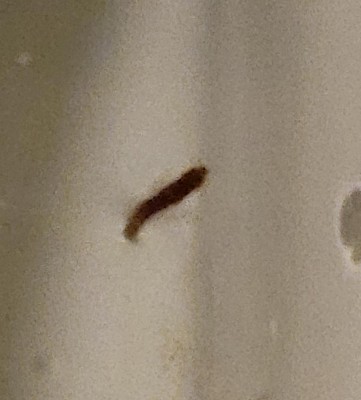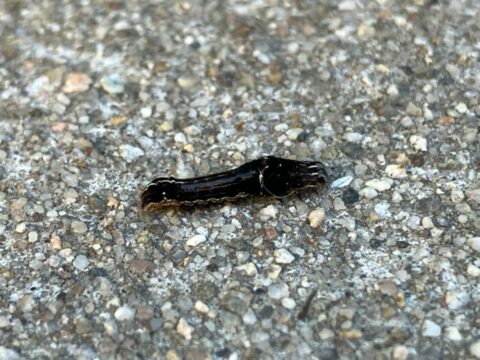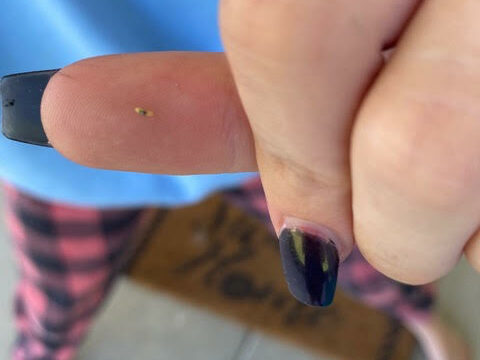
Recently, we got a note from a reader who found an interesting critter in the woods. He is wondering if this tiny creature is a member of the family Phasmatodea (he has read about Phasmatodea in a couple articles on our website).
First, let’s review information about the family Phasmatodea. These are not worms at all, but rather a family of insects. Also known as walking sticks or stick-bugs, Phasmatodea tend to resemble sticks (a very effective way to avoid being eaten!). Phasmatodea are found on every continent except Antarctica.
As expected with such a prolific family, there are many different species with many different appearances. For example, below is there is a picture of the French Stick Insect (Clonopsis gallica), followed by a photograph of the Prickly Stick Insect (Acanthoxyla prasina). Though these are both Phasmatodea, they bear nothing but a passing resemblance to one another.

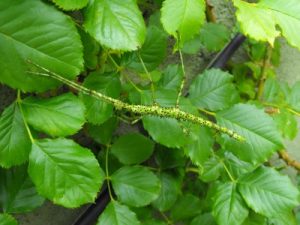
Because Phasmatodea is so diverse, it is difficult to determine if the creature in this video is a member of that family. What we do know is that the creature in the reader’s video seems to have a quite curvy body and does not appear to move like any of the Phasmatodea with which we are familiar. Since this is not our area of expertise, we cannot completely rule out the idea that this critter is a member of Phasmatodea, but it seems unlikely.
Unfortunately, determining what this creature is not does little to help us to discover what it actually is. The video reminds us the most of a horsehair worm, which is a parasite in the group Nematomorpha. Horsehair worms are parasites that infect insects such as beetles and praying mantises. When mature, the adults leave the bodies of their hosts (a rather graphic photo is below) to go mate. The adults leave fertilized eggs in water. The eggs hatch into larvae that, if eaten by an insect, will then mature inside the host’s body.
If our reader has found a horseworm hair, then the good news is that these parasites do not infect humans. In fact, many people find them entertaining, as they literally tie themselves in knots as they move around.

All About Worms is always free, always reader-supported. Your tips via CashApp, Venmo, or Paypal are appreciated! Receipts will come from ISIPP Publishing.
You might also find these guys interesting!

